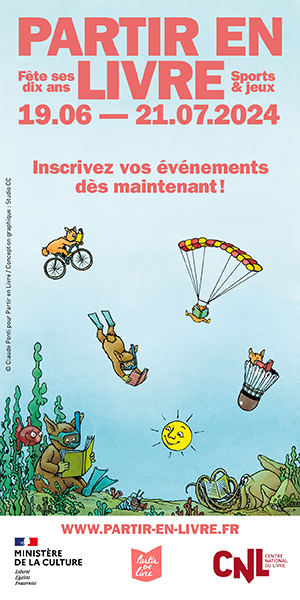The philosophy of Andy Warhol
Extraits
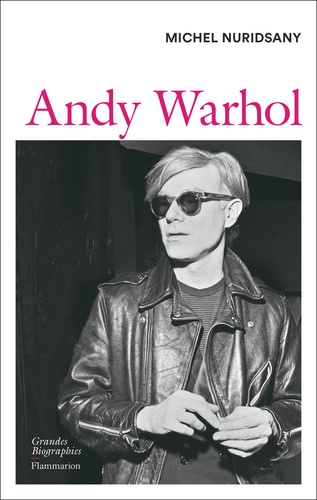
Essais biographiques
Andy Warhol
05/2023
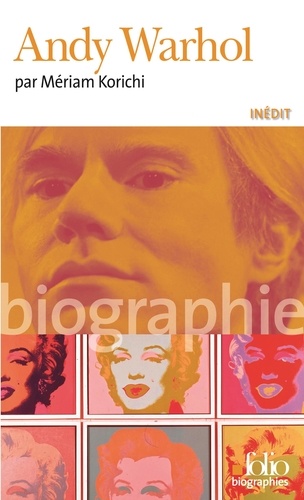
Beaux arts
Andy Warhol
10/2009
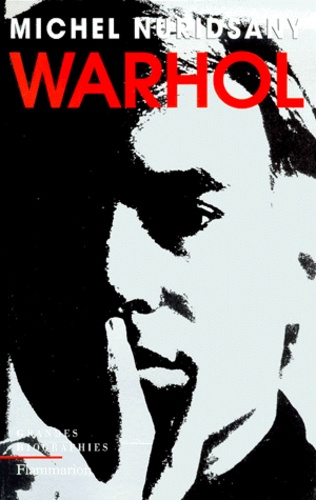
Beaux arts
Andy Warhol
02/2001
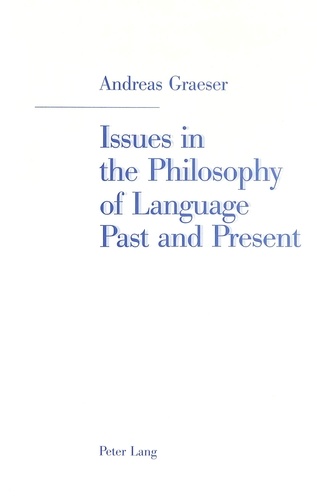
Philosophie
Issues in the Philosophy of Language Past and Present
11/1999

Art du XXe siècle
Andy Warhol. Pop Art Identities
10/2021
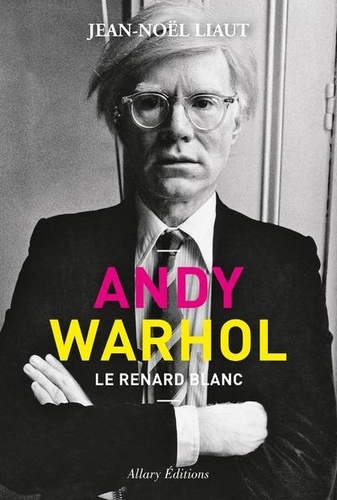
Essais biographiques
Andy Warhol. Le renard blanc
03/2021
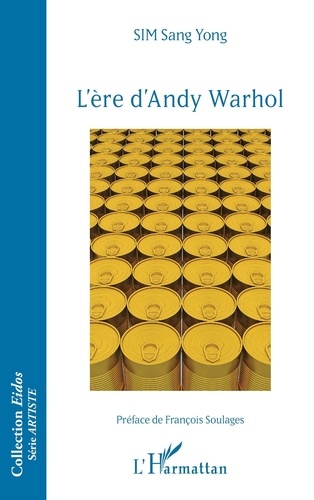
Esthétique
L'ère d'Andy Warhol
02/2023
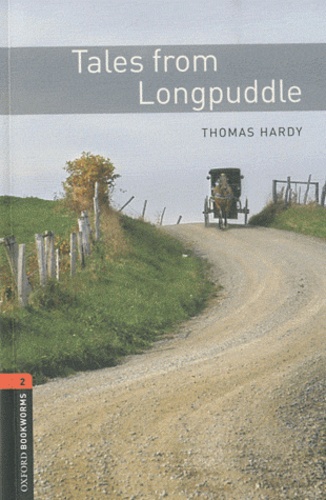
Anglais apprentissage
Tales from Longpuddle
07/2010
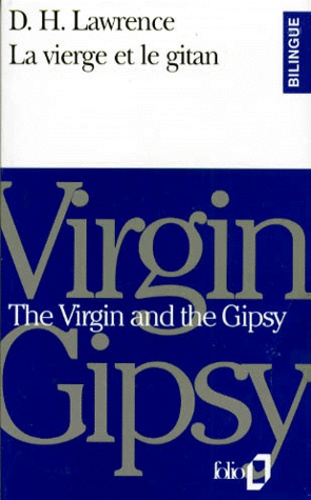
Anglais apprentissage
LA VIERGE ET LE GITAN : THE VIRGIN AND THE GIPSY
02/1993

Art du XXe siècle
Andy Warhol et Jean-Michel Basquiat
05/2023
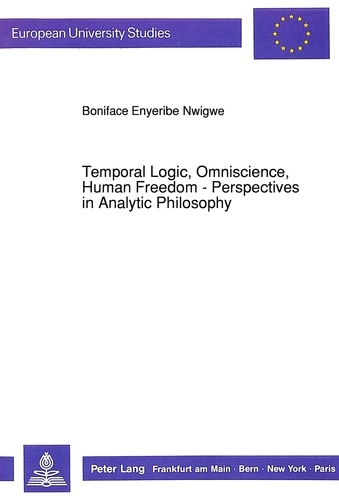
Non classé
Temporal Logic, Omniscience, Human Freedom - Perspectives in Analytic Philosophy
09/1991
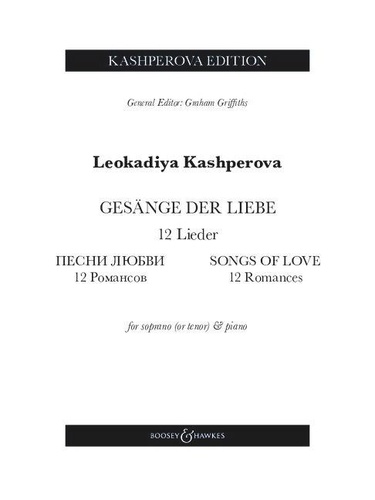
Musique classique
Songs of Love. 12 Romances. 12 Lieder. Soprano (tenor) and piano.
12/2023
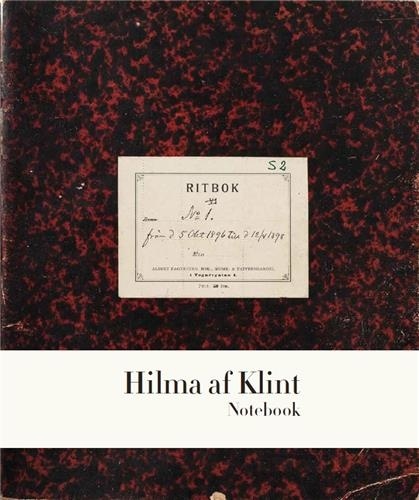
Monographies
Hilma af Klint. The Five Notebook 1
01/2022
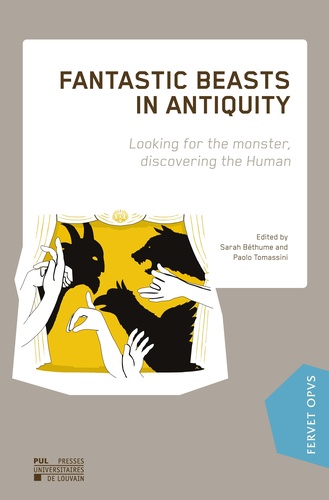
Archéologie
Fantastic Beasts in Antiquity. Looking for the monster, discovering the Human, Textes en français et anglais
02/2021
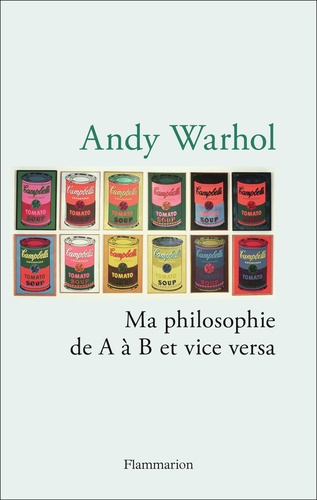
Ecrits sur l'art
Ma philosophie de A à B et vice versa
09/2021
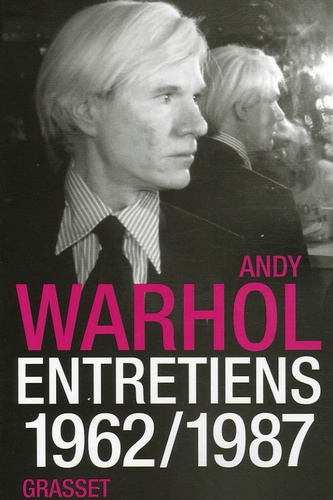
Beaux arts
Entretiens 1962-1987
03/2006
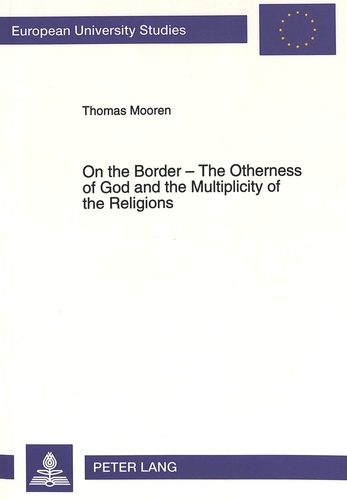
Histoire internationale
On the Border - The Otherness of God and the Multiplicity of the Religions
01/1994
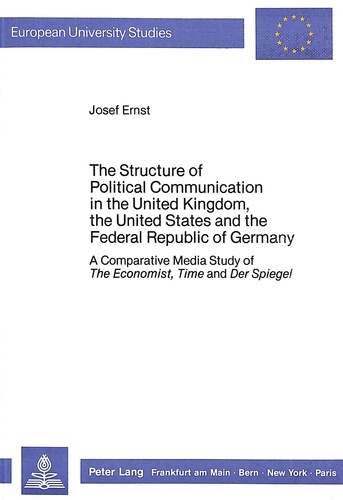
Sciences politiques
The Structure of Political Communication in the United Kingdom, the United States and the Federal Republic of Germany
11/1987

Histoire et Philosophiesophie
The Undergrowth of Science. Delusion, self-deception and human frailty
01/2000

Religion
The Threat of Logical Mathematism
07/1994

Non classé
German-Irish Corporate Relationships
02/2004

Histoire et Philosophiesophie
Thinking about Physics
01/2000
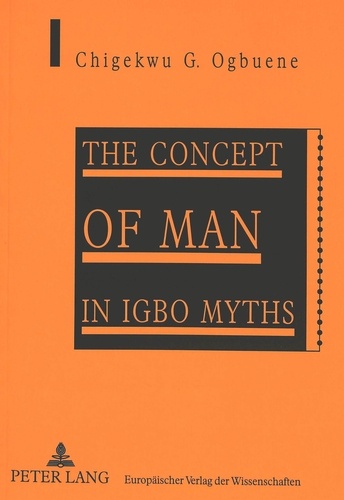
Non classé
The Concept of Man in Igbo Myths
11/1999
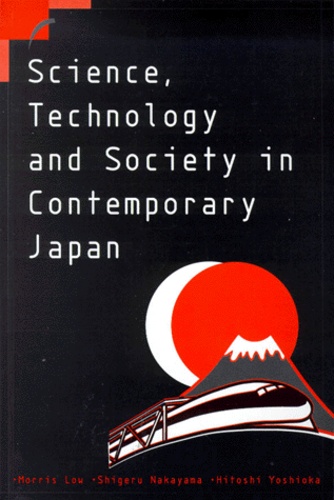
Histoire et Philosophiesophie
SCIENCE, TECHNOLOGY AND SOCIETY IN CONTEMPORARY JAPAN
01/1999

Tourisme étranger
Moroccan tracks Volume 11. The sagho djebel
08/2022

Histoire internationale
Accomplices
06/2011
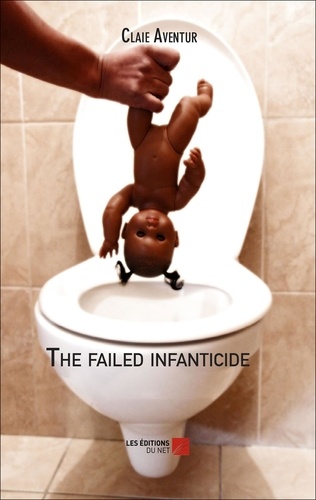
Critique littéraire
The failed infanticide
05/2014
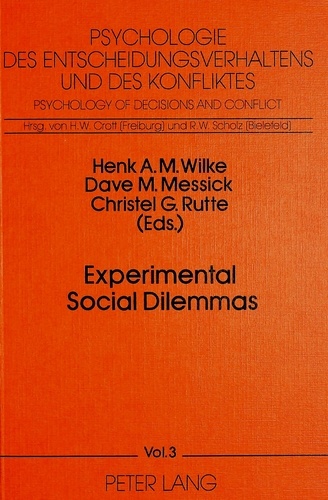
Non classé
Experimental Social Dilemmas
12/1986
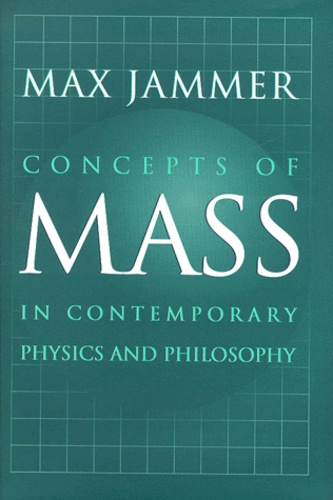
Histoire et Philosophiesophie
Concepts of Mass in Contemporary Physics and Philosophy
01/2000
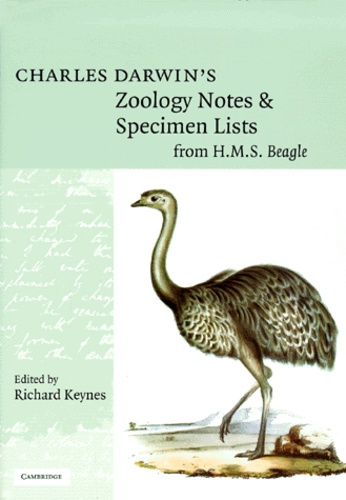
Histoire et Philosophiesophie
Charles Darwin's Zoology Notes & Specimen Lists from H.M.S. Beagle
01/2000


